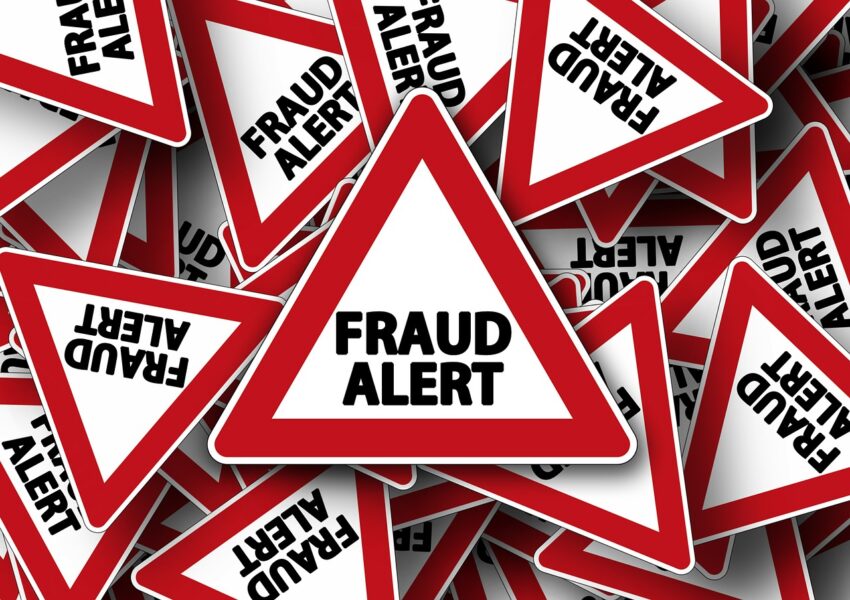A federal campaign to combat COVID-19 fraud has resulted in 718 enforcement actions so far. Criminal charges have been brought against 371 defendants for crimes related to more than $836 million in alleged Covid fraud.
We want to thank Marc Abear for this Contribution – Please direct yours to Editor@GraniteGrok.com.
You can review our ‘Op-Ed Guidelines‘ on the FAQ Page.
How much waste, fraud, and abuse is there in the Covid spending?
The U.S. Department of Justice made a PR show this week out of their efforts. Attorney General Merrick Garland said,
“… The Justice Department has now seized over $1.4 billion in COVID-19 relief funds that criminals had stolen and charged over 3,000 defendants with crimes in federal districts across the country…”
Deputy Attorney General Lisa Monaco made the announcement launching two additional Covid Fraud Enforcement Strike Forces: one at the U.S. Attorney’s Office for the District of Colorado, the other from the U.S. Attorney’s Office for the District of New Jersey. Monaco says,
“…The two new Strike Forces launched today will increase our reach as we continue to pursue fraudsters and recover taxpayer funds, no matter how long it takes…”
The two new strike forces are in addition to three others launched in September 2022. They are working from the Eastern and Central Districts of California, the Southern District of Florida, and the District of Maryland.
The 718 law enforcement actions include criminal charges, civil charges, forfeitures, guilty pleas, and sentencings, with a combined total actual loss of more than $836 million, according to the Justice Department.
Criminal charges were filed against 371 defendants, 119 of whomdefendants pled guilty or were convicted at trial. More than $57 million in court-ordered restitution was imposed. If collected that’s a 3.8% recovery rate while prosecutors and law enforcement secured forfeiture of more than $231.4 million, that’s another 15.2% recovery.
Do you know what now happens with the recovered $288.4 million or how much the DoJ spend to recover the money? Nope.
We know federal agencies failed to use some of the tools at their disposal to prevent fraud. Did you know there’s a “Do Not Pay” list?
Don’t feel bad; neither did the people in the Government who disbursed the money even though the U.S. Treasury had set up the list of suspicious payees who should trigger additional screening.
